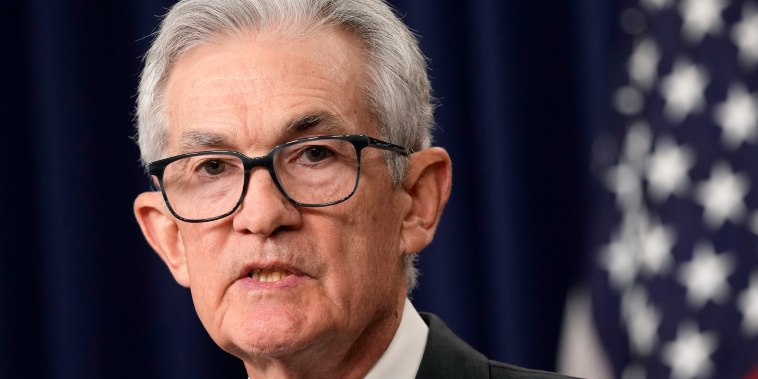The Federal Reserve’s decision to maintain higher interest rates for an extended period may not necessarily spell doom and gloom for the economy. While conventional wisdom might suggest that lower rates are always better for economic growth, there are certain scenarios where a more cautious approach could yield benefits in the long run.
One of the key reasons why the Fed may choose to keep rates higher for longer is to curb excessive speculative behavior in financial markets. When interest rates are low, investors often take on more risk in search of higher returns, leading to asset bubbles and potential market crashes. By keeping rates higher, the Fed can help prevent these excesses and promote more stable market conditions.
Another important factor to consider is the impact of low rates on savers and retirees. While low rates may be favorable for borrowers, they can have a detrimental effect on individuals who rely on interest income from savings accounts and fixed-income investments. By keeping rates higher, the Fed can provide some relief for savers and help support a more sustainable financial environment for all segments of the population.
Moreover, a cautious approach to interest rate policy can also help to contain inflationary pressures. In an environment of robust economic growth, low unemployment, and increased consumer spending, excessively low rates can fuel inflationary pressures and erode the purchasing power of consumers. By keeping rates higher, the Fed can exert some control over inflation and ensure that the economy remains on a stable growth path.
Furthermore, higher interest rates can also benefit the currency by making it more attractive to foreign investors. A stronger currency can help to reduce import costs and inflationary pressures, while also boosting the competitiveness of domestic producers in international markets. This can lead to a more balanced trade environment and support overall economic growth in the long term.
In conclusion, while the Fed’s decision to maintain higher interest rates for an extended period may initially seem counterintuitive, there are valid reasons for taking such a cautious approach. By curbing speculative behavior, supporting savers, containing inflation, and enhancing the currency’s strength, higher rates can contribute to a more stable and sustainable economic environment for all stakeholders involved. It is essential to consider the broader implications of interest rate policy beyond simple notions of growth stimulation, and recognize the various factors that can influence the overall health of the economy.


























